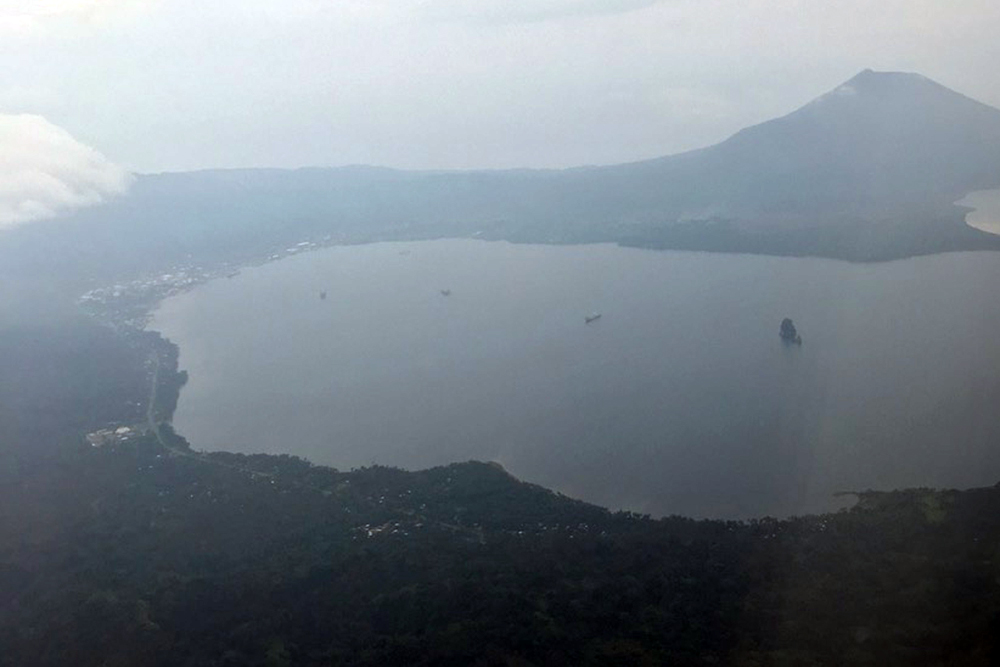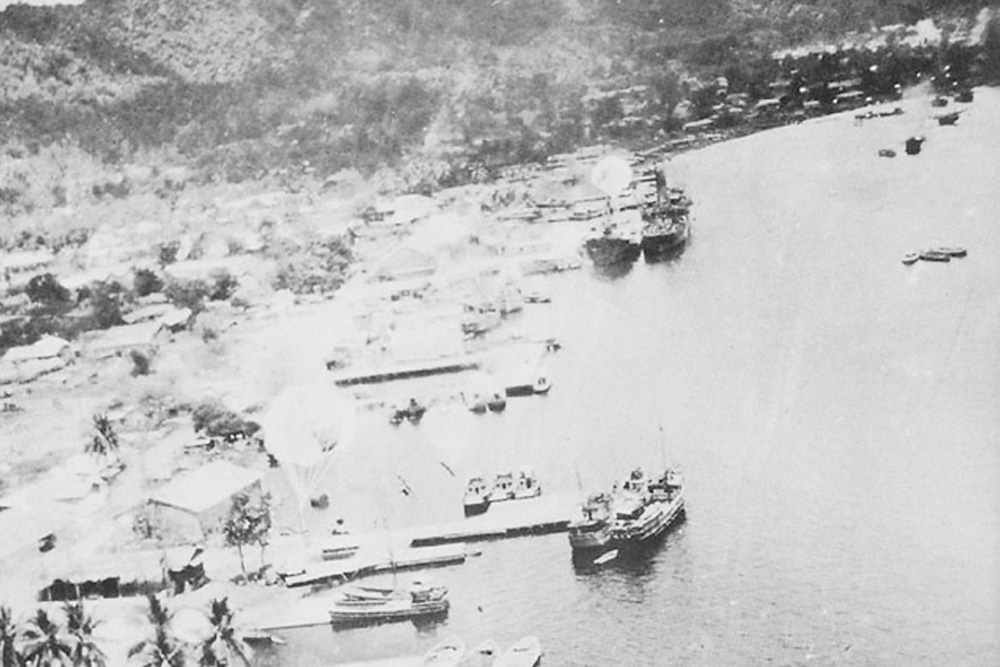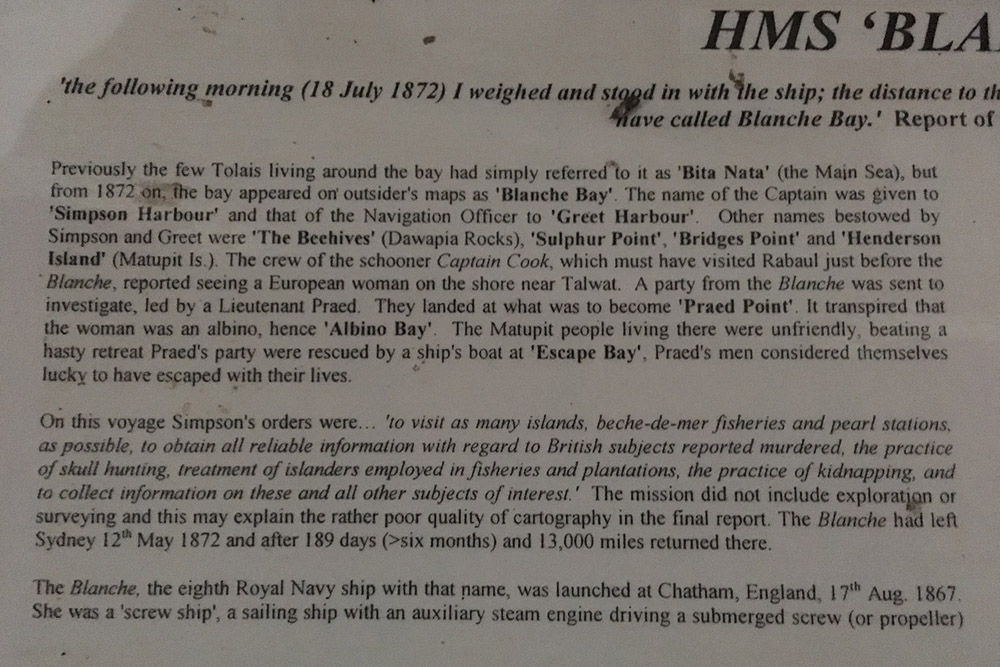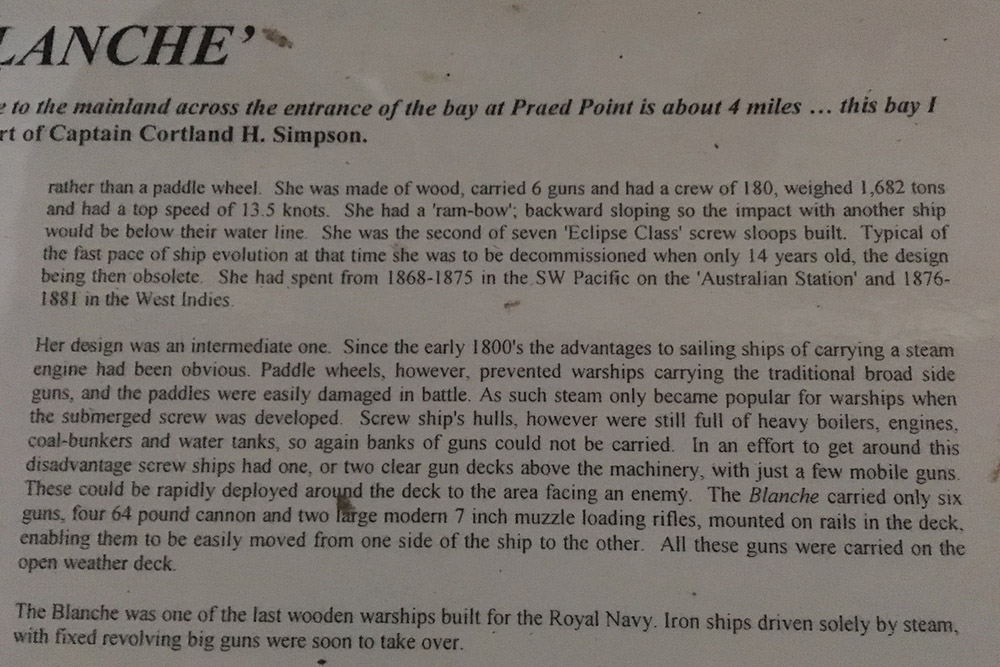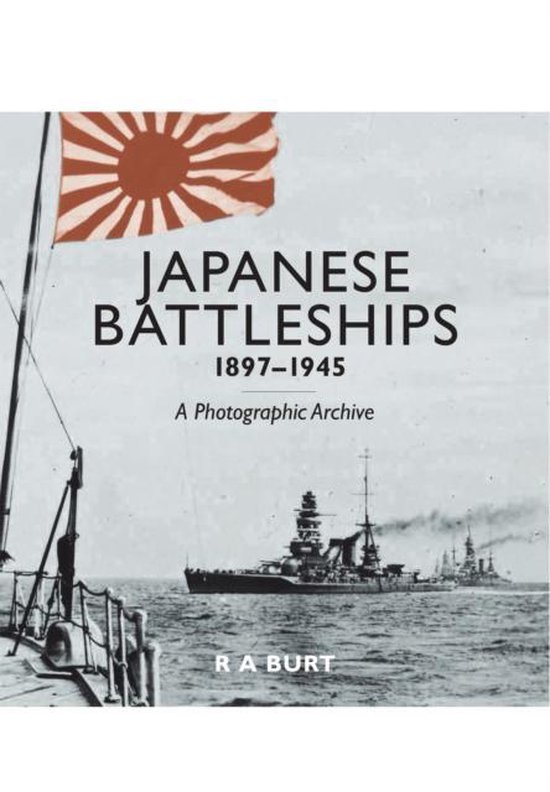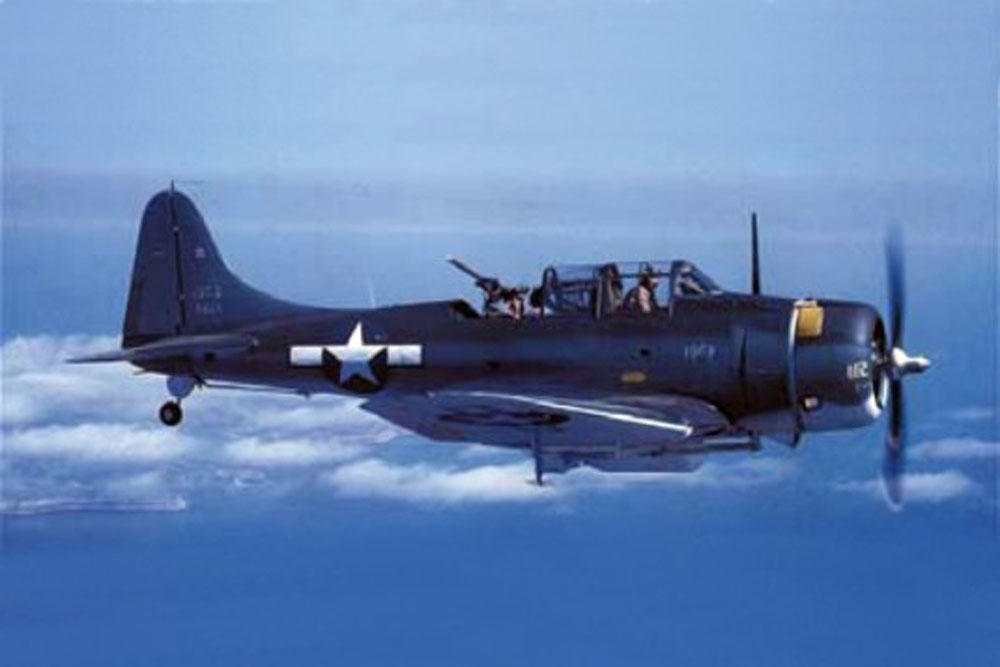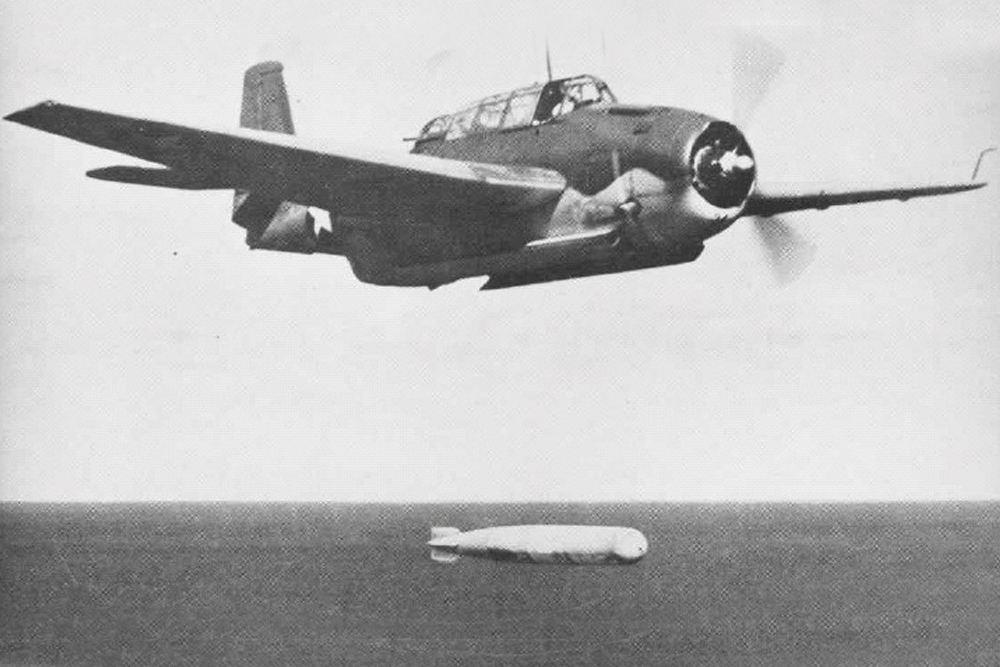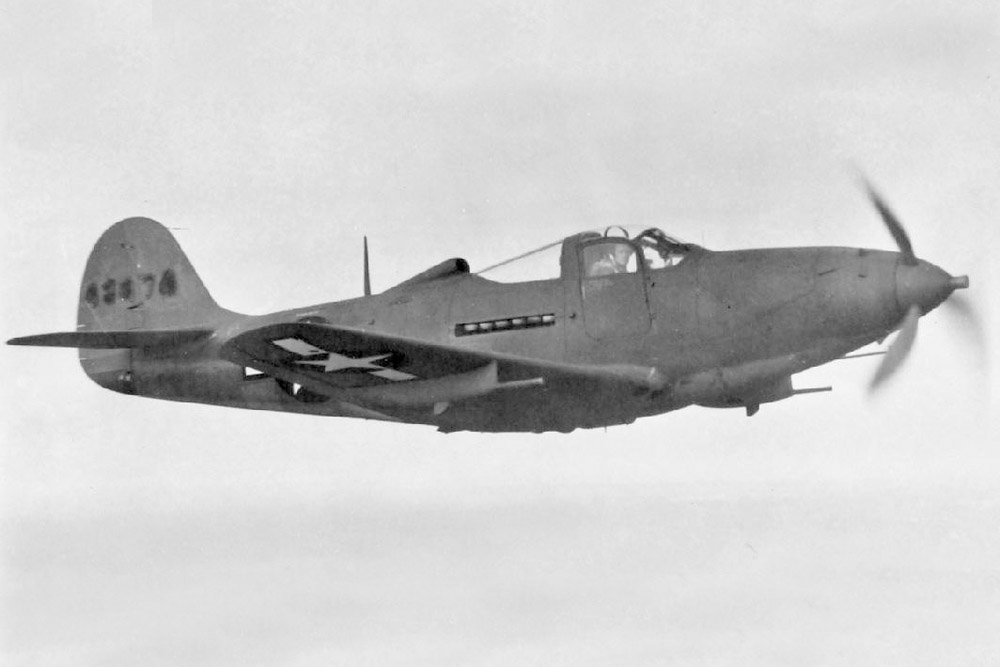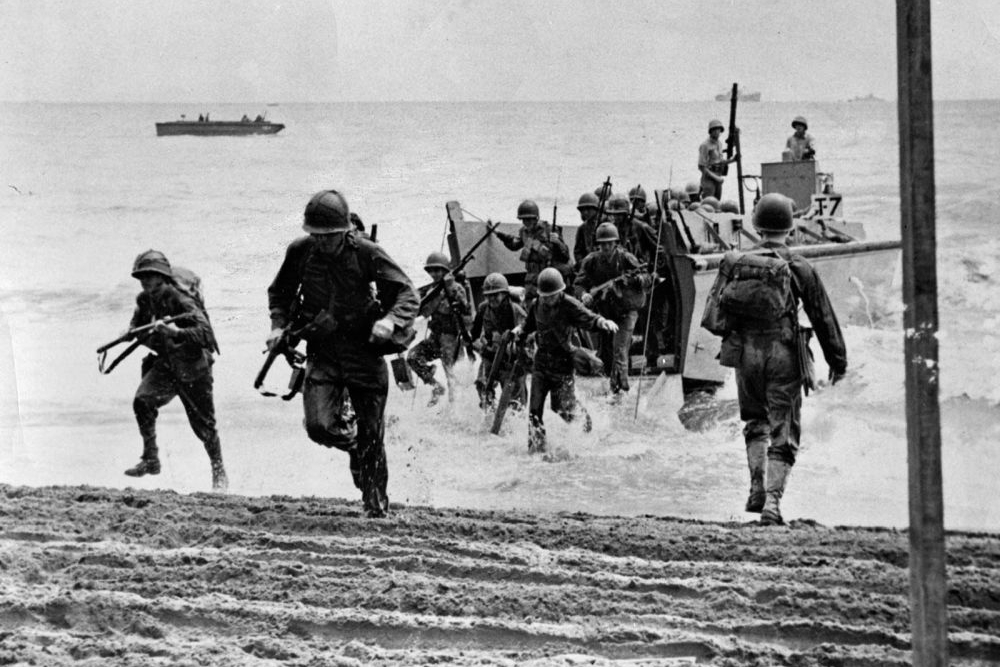Port Rabaul (Simpson Harbor)
One of the most strategic anchorages in the Pacific War was that at Simpson Harbor, the sheltered bay outside the New Britain town of Rabaul. Blanche Bay is the name given to the wider body of water around Rabaul. Closer to the town of Rabaul is Simpson Harbour.
This port was occupied by the Australian Naval and Military Expeditionary Force (AN&MEF) in September 1914.
Rabaul fell to the invading Japanese army in February 1942, after the Battle of Rabaul, which involved an amphibious assault.
During 1942-1943 especially, it was from Simpson Harbor that the so-called "Tokyo Express" departed on its nightly runs down "The Slot" to resupply Japanese garrisons in and around the Solomon Islands, especially Guadalcanal.
During the war, Simpson Harbor was the home port of numerous Japanese warships operating in the South Pacific, and the Japanese high command, including Admiral Isoroku Yamamoto, had sheltered posts in and around Rabaul. It was from Rabaul that Admiral Yamamoto took off in 1943 on what proved his last flight, when his plane was shot down near Buin, on the island of Bougainville. (The remains of his plane can be seen, with some effort; you first have to get to Bougainville, and then down to Buin, and then walk into the jungle.) A brilliant biography of Admiral Yamamoto, entitled "The Reluctant Admiral: Yamamoto and the Imperial Navy", was written by the Japanese novelist, historian, and war veteran, Hiroyuki Agawa. (A paperback edition/translation is for sale on Amazon.)
During the war, Rabaul was neutralized and "bypassed" more than it was attacked frontally, and the Japanese there only surrendered at the war’s end, in September 1945. But it was no longer then an important naval station for the Japanese navy.
A 1994 volcanic eruption largely buried Rabaul in ash, leaving the city a ghost town and covered in grey dust, although there’s still the Rabaul Hotel on Mango Avenue, which is an excellent base from which to tour Rabaul’s many World War II memorials. The airport for Rabaul has been moved across the harbour to the outskirts of Kokopo, which now has most of the commercial activity that once took place in Rabaul. Both towns (the biggest on New Britain) have important WW II sites, including war museums.
The following two shipwrecks were covered with ash from the 1994 volcano eruption and can no longer be dived:
Hakkai Maru (sunk on 17 January 1943)
Kanshin Maru (sunk on 7 January 1944)
The Kisaragi Maru (sunk at the end of the Pacific War) was scrapped.
Do you have more information about this location? Inform us!
Source
- Text: Matthew Stevenson + Kaj Metz
- Photos: Matthew Stevenson (1, 3, 4), Wikimedia Commons (2)
- Pacific Wrecks
Related books
Nearby
Museum
Point of interest
- Japanese Anti-Aircraft and Search Light Command Bunker "Yamamoto Bunker" - Rabaul
- Sulphur Creek Seaplane Base - Rabaul
- 127mm Type 89 Anti-Aircraft Gun - Matupi
Monument
Cemetery
Fortification
- Praed Point Battery - Praed Point
- Japanese Bunker Complex "Coastwatcher's Lookout" - Malmaluan
- Japanese Tunnels & Naval Gun Watom Island - Watom Island
